Unequal Burdens: Racial Differences in ICU Stress during the Third Wave of COVID‑19
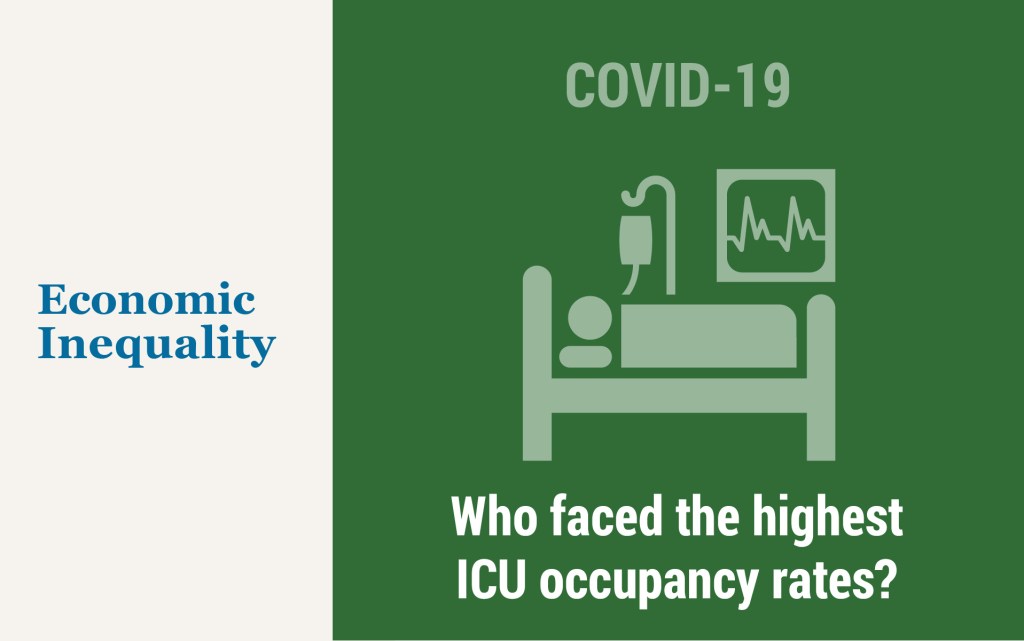
A critical risk during the COVID-19 pandemic has been the possibility of the hospital system becoming overwhelmed. COVID-19 not only has killed nearly 2 percent of people with confirmed infections but causes many more who contract it to develop severe complications that are potentially fatal if not treated in an intensive care unit (ICU). As ICU capacity is based on typical needs for intensive care before the pandemic, a surge of COVID-related ICU patients may leave no room for individuals requiring intensive care for other reasons—such as heart attacks—or may exceed the total ICU capacity to treat even COVID-19 patients. In this post, we investigate the extent to which members of different racial and ethnic groups faced different levels of hospital system stress during the “third wave” of COVID-19 in the winter of 2021, which, as the largest wave to hit the United States, briefly brought intensive care units around the country to the point of being overwhelmed. We find that while Black and Hispanic individuals faced the greatest exposure to overburdened ICUs over the course of the third wave from beginning to end, Asian American and Pacific Islanders (AAPI) went from experiencing more stable ICU capacities than the national average at the beginning of the wave to a nearly overwhelmed ICU system at its peak.
Forbearance Participation Declines as Programs’ End Nears

The Federal Reserve Bank of New York’s Center for Microeconomic Data today released its Quarterly Report on Household Debt and Credit for the second quarter of 2021. It showed that overall household debt increased at a quick clip over the period, with a $322 billion increase in balances, boosted primarily by a 2.8 percent increase in mortgage balances, a 2.2 percent increase in credit card balances, and a 2.4 percent increase in auto balances. Mortgage balances in particular were boosted by a record $1.22 trillion in newly originated loans. Although some borrowers are originating new loans, struggling borrowers remain in forbearance programs, where they are pausing repayment on their debts and creating an additional upward pressure on outstanding mortgage balances.
Who Benefited from PPP Loans by Fintech Lenders?

In the previous post, we discussed inequalities in access to credit from the Paycheck Protection Program (PPP), showing that, although fintech lenders had a small share of total PPP loan volumes, they provided important support for underserved borrowers. In this post, we ask whether smaller firms received the amount of PPP credit that they requested, and whether loans went to the hardest-hit areas and mitigated job losses. Our results indicate that fintech providers were a key channel in reaching minority-owned firms, the smallest of small businesses, and borrowers most affected by the coronavirus pandemic.
Who Received PPP Loans by Fintech Lenders?
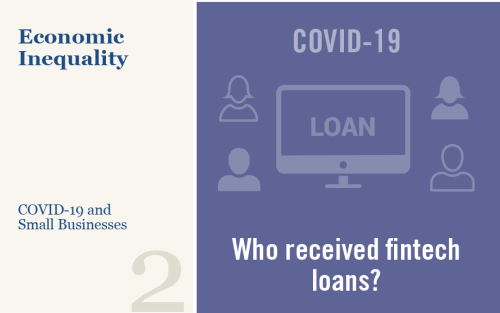
Small businesses not only account for 47 percent of U.S employment but also provide a pathway to success for minorities and women. During the coronavirus pandemic, these small businesses—especially those owned by minorities—were hard hit as consumers reduced spending disproportionately on services that require in-person physical interaction, such as hotels and restaurants. In response, the U.S. government launched the Paycheck Protection Program (PPP) to provide guaranteed and potentially forgivable small business loans. In this post, we examine financial technology (fintech) lenders participating in the PPP and find that, while disbursing only a small share of total loan amounts, they provide important support to minority business owners, who have in the past been underserved by the traditional banking industry.
Consumer Credit Demand, Supply, and Unmet Need during the Pandemic

It is common during recessions to observe significant slowdowns in credit flows to consumers. It is more difficult to establish how much of these declines are the consequence of a decrease in credit demand versus a tightening in supply. In this post, we draw on survey data to examine how consumer credit demand and supply have changed since the start of the COVID-19 pandemic. The evidence reveals a clear initial decline and recent rebound in consumer credit demand. We also observe a modest but persistent tightening in credit supply during the pandemic, especially for credit cards. Mortgage refinance applications are the main exception to this general pattern, showing a steep increase in demand and some easing in availability. Despite tightened standards, we find no evidence of a meaningful increase in unmet credit need.
What’s Next for Forborne Borrowers?
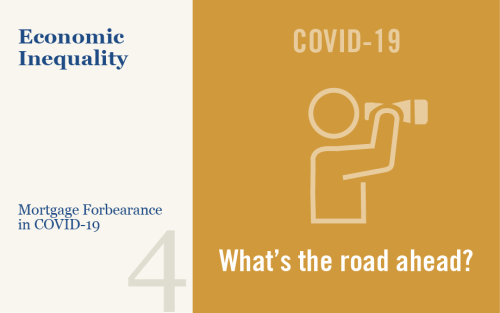
We’ve spent the first three posts of this series discussing who has entered mortgage forbearance, and how their personal finances have developed during the course of the pandemic. In this fourth and final post, we will use Consumer Credit Panel (CCP) data to examine the profiles of those who remain in forbearance and those who have exited, and how the performance of household credit may evolve as the force of the pandemic begins to ebb and the economy reopens and normalizes.
Keeping Borrowers Current in a Pandemic
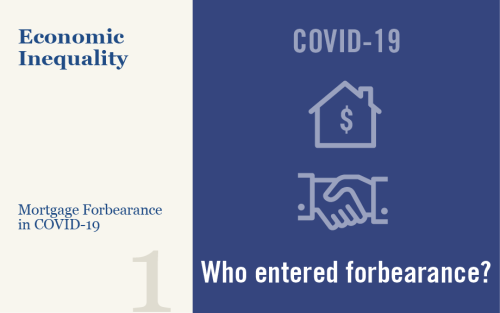
Federal government actions in response to the pandemic have taken many forms. One set of policies is intended to reduce the risk that the pandemic will result in a housing market crash and a wave of foreclosures like the one that accompanied the Great Financial Crisis. An important and novel tool employed as part of these policies is mortgage forbearance, which provides borrowers the option to pause or reduce debt service payments during periods of hardship, without marking the loan delinquent on the borrower’s credit report. Widespread take-up of forbearance over the past year has significantly changed the housing finance system in the United States, in different ways for different borrowers. This post is the first of four focusing attention on the effects of mortgage forbearance and the outlook for the mortgage market. Here we use data from the New York Fed’s Consumer Credit Panel (CCP) to examine the effects of these changes on households during the pandemic.
Who’s Ready to Spend? Constrained Consumption across the Income Distribution
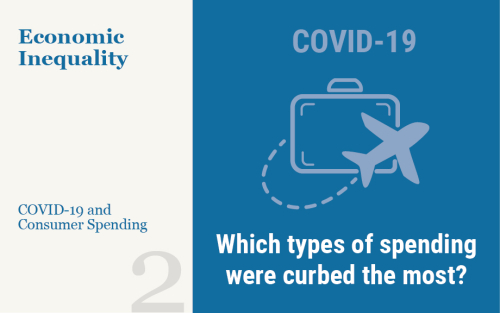
Spending on goods and services that were constrained during the pandemic is expected to grow at a fast pace as the economy reopens. In this post, we look at detailed spending data to track which consumption categories were the most constrained by the pandemic due to social distancing. We find that, in 2019, high-income households typically spent relatively more on these pandemic-constrained goods and services. Our findings suggest that these consumers may have strongly reduced consumption during the pandemic and will likely play a crucial role in unleashing pent-up demand when pandemic restrictions ease.














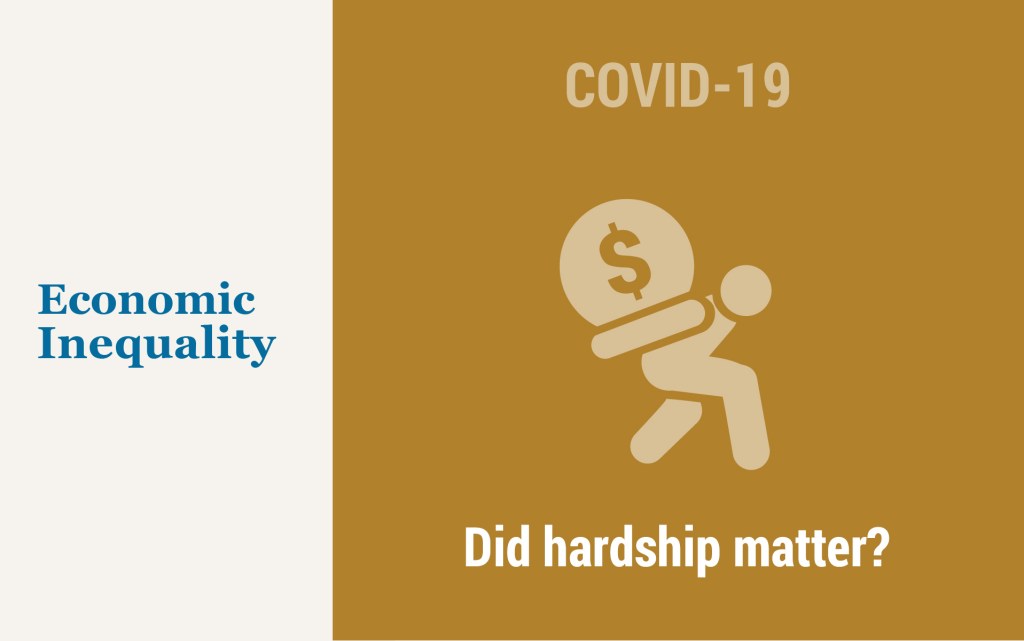
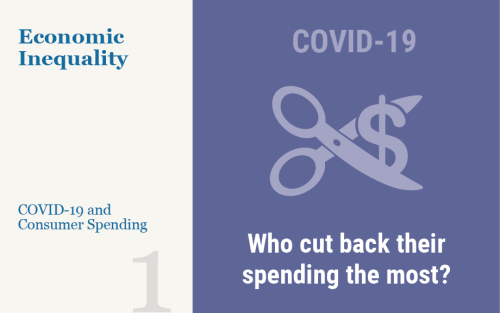
 RSS Feed
RSS Feed Follow Liberty Street Economics
Follow Liberty Street Economics